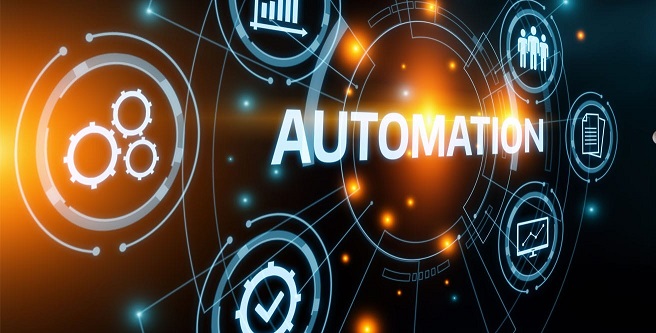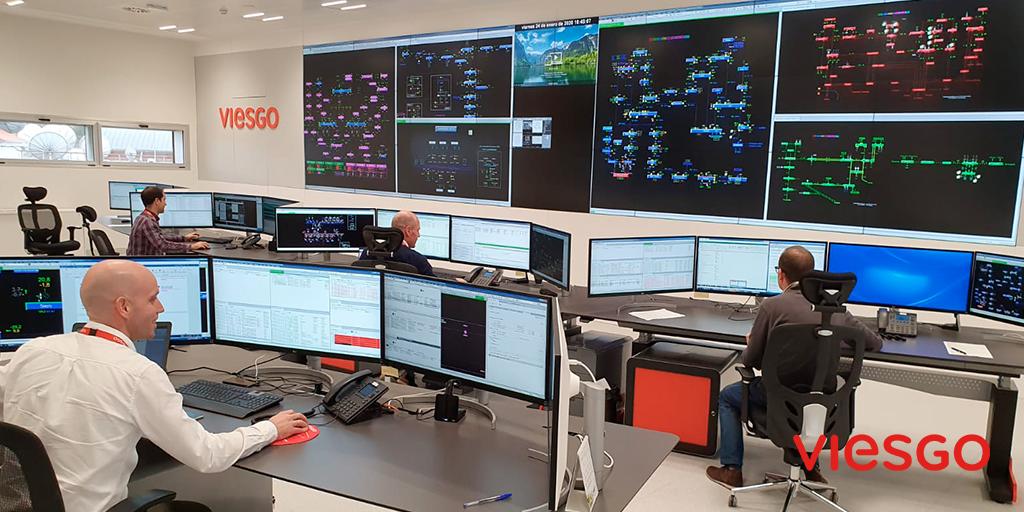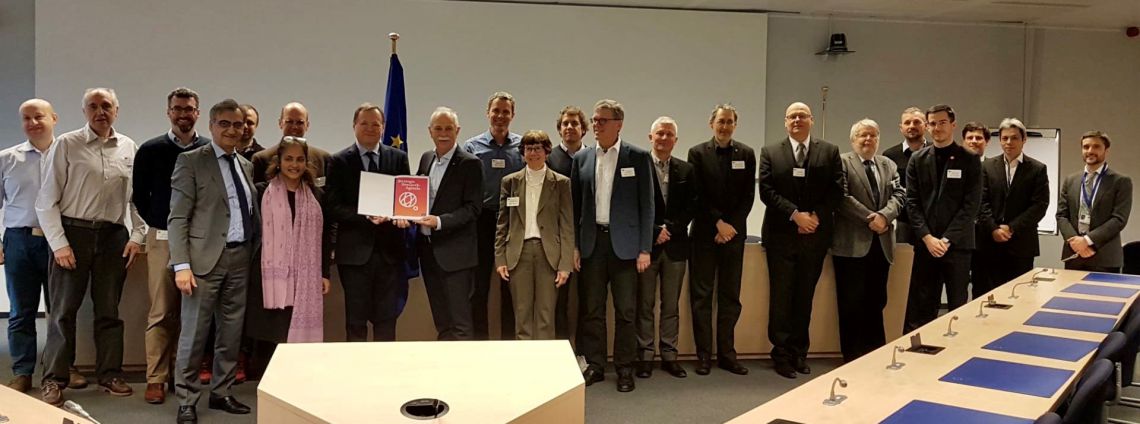EU unveils new circular economy action plan 2.0
The European Commission (EC) has adopted a new Circular Economy Action Plan - one of the main blocks of the European Green Deal, Europe’s new agenda for sustainable growth. The new Action Plan announces initiatives along the entire life cycle of products, targeting for example their design, promoting circular economy processes, fostering sustainable consumption, and aiming to ensure that the resources used are kept in the EU economy for as long as possible. It introduces legislative and non-legislative measures targeting areas where action at the EU level brings real added value.
The new Circular Economy Action presents measures to:
• Make sustainable products the norm in the EU;
• Empower consumers and public buyers;
• Focus on the sectors that use most resources and where the potential for circularity is high such as: electronics and ICT; batteries and vehicles; packaging; plastics; textiles; construction and buildings; food; water and nutrients;
• Ensure less waste;
• Make circularity work for people, regions and cities,
• Lead global efforts on circular economy.
Europe Commission presents strategies for data and Artificial Intelligence
The European Commission unveils its ideas and actions for a digital transformation that works for all, reflecting the best of Europe: open, fair, diverse, democratic and confident. It presents a European society powered by digital solutions that put people first, opens up new opportunities for businesses, and boosts the development of trustworthy technology to foster an open and democratic society and a vibrant and sustainable economy. Digital is a key enabler to fighting climate change and achieving the green transition. The European data strategy and the policy options to ensure the human-centric development of Artificial Intelligence (AI) presented today are the first steps towards achieving these goals.
The Commission unveiled its vision for a digital transformation that works for everyone. This includes a White Paper (PDF) proposing a framework for Artificial Intelligence based on excellence and trust. One particular challenge identified by the Commission is the extremely fast development of AI. Policymakers are struggling to monitor the AI landscape and analyze its uptake and impact to know where and how their intervention could tip the balance towards desirable outcomes for society.
ETSI releases a technical report on Autonomic Network Management and Control applying Machine Learning and other AI Algorithms
The ETSI Technical Committee on Core Network and Interoperability Testing (TC INT) has just released a Technical Report, ETSI TR 103 626, providing a mapping of architectural components for autonomic networking, cognitive networking and self-management. This architecture will serve the self-managing Future Internet. The ETSI TR 103 626 provides a mapping of architectural components developed in the European Commission (EC) WiSHFUL and ORCA Projects, using the ETSI Generic Autonomic Networking Architecture (GANA) model. The objective is to illustrate how the ETSI GANA model specified in the ETSI specification TS 103 195-2 can be implemented when using the components developed in these two projects. The Report also shows how the WiSHFUL architecture augmented with virtualization and hardware acceleration techniques can implement the GANA model. This will guide implementers of autonomics components for autonomic networks in their optimization of their GANA implementations.
The TR addresses autonomic decision-making and associated control-loops in wireless network architectures and their associated management and control architectures. The mapping of the architecture also illustrates how to implement self-management functionality in the GANA model for wireless networks, taking into consideration another Report ETSI TR 103 495, where GANA cognitive algorithms for autonomics, such as machine learning and other AI algorithms, can be applied.
The Agreement aims at facilitating the collaboration between CEN and CENELEC, two of the officially recognised European Standardization Organizations, and E.DSO, the interface between Europe’s Distribution System Operators (DSOs) and the European institutions. The objective is to ensure an appropriate exchange of knowledge as well as high quality and consensus-based support in the delivery of standards for the large-scale development of smart grid technologies.
The new Partnership Agreement is a step forward in this direction: through the Agreement, E.DSO will provide CEN and CENELEC with their technical and strategic expertise in the field of smart grids and energy distribution and bring a welcome industrial perspective to the work of standardization. Furthermore, the exchanges between the three organizations will bring lasting benefits to other related areas of ongoing work, such as ICT, cybersecurity, digitalization of the energy sector and e-Vehicles.
The EMPOWER project launches a consultation to create and update the advanced wireless 5G technology roadmap based on the analysis of trends for Beyond 5G in the respective research, standards, and spectrum communities.
The H2020 EMPOWER project is chartered with technology road mapping on 5G evolution in the timeframe 2020-2030. The technology road mapping is targeted at supporting the wireless research community in Europe, the USA, and globally, with trends and insights pertinent to their research on 5G evolution in the short, medium and long terms. The technology roadmap is also meant to identify the demand regarding the focus of the future advanced test platforms as explored in EMPOWER.
In this context, the EMPOWER project solicits your participation in the first consultation on the initial technology road mapping activities released by the project. The aim of this consultation is to collect and analyse all inputs and feedback received from the wireless research community in order to enrich the initial roadmap. The results of the forthcoming up-dates and up-grades will be integrated in the Roadmap Version 2.0 that will be circulated in due course to the wireless research community and presented in a future workshop.
The chair of the Flagship’s Strategic Advisory Board presented the new Strategic Research Agenda for the Quantum Flagship. The document aims at setting a clear direction for the future development of quantum research and innovation in Europe.
This 70-page document was drafted after a consultation with more than 2000 quantum experts across Europe over an 18-month period. It includes ambitious goals for the Quantum Flagship over the next three years, with a broader outlook for the next six to ten years.
These goals are structured around the four major applied areas of quantum technologies:
• communication;
• computing;
• simulation;
• sensing and metrology.
These four areas are anchored by a common basis in basic science and will be supported by work in cross-cutting areas like engineering and education and training.











